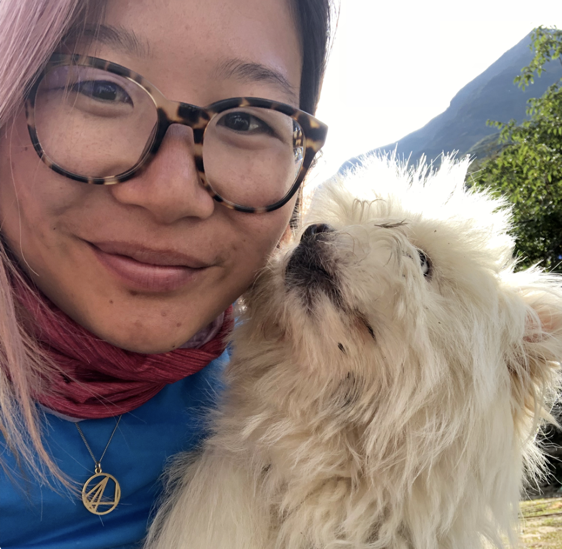 Design
Design
Connecting the Invisibles to Design Seamless Experiences
 Leonardo Da Vinci's Vitruvian Man (Source: Public Doman @Wikicommons)
Leonardo Da Vinci's Vitruvian Man (Source: Public Doman @Wikicommons)
Before We Begin, What is Service Design Anyway?
In the world of design jargon, meet “service design”. Unlike other objectives in design to simplify and clarify, service design is not about building singular touchpoints. Rather, it is about bringing ease and harmony into large and often complex ecosystems.
Think of the human body. There are organ systems such as the cardiovascular, respiratory, musculoskeletal, and nervous systems. These systems perform key functions that we see and feel every day, like breathing, moving, and feeling.
Service design serves as the connective tissue that brings the amazing systems together to work in harmony. Much of the work done by the service design team at Grab revolves around connecting online experiences to the offline world, connecting challenges across a complex ecosystem, and enabling effective collaboration across cross-functional teams.
Connecting Online Experiences to the Offline World
We explore holistic experiences by visualising the connections across features, both through the online-offline as well as internal-external interactions. At Grab, we have a collection of (very cool!) features that many teams have worked hard to build. However, equally important is how a person arrives from feature to feature seamlessly, from the app to their physical experiences, as well as how our internal teams at Grab support and execute behind-the-scenes throughout our various systems.
For example, placing an order on GrabFood requires much more work than sending information to the merchant through the Grab app. How might Grab
- allocate drivers effectively,
- support unhappy paths with our consumer support team,
- resolve discrepancies in our operations teams, and
- store this data in a system that can continue to expand for future uses to come?

Connecting Challenges Across a Complex Ecosystem
Sometimes, as designers, we might get too caught up in solving problems through a singular lens, and overlook how it affects the rest of the system. Meanwhile, many problems are part of a connected network. Changing one part of the problem can potentially affect other parts of the network.
Considering those connections, or the “stuff in between”, makes service design a holistic practice - crossing boundaries between teams in search of a root cause, and considering how treating one problem might affect other parts of the network.
- If this happens, then what?
- Which point in the system is easiest to fix and has the greatest impact?
For example, if we want to introduce a feature for drivers to report restaurant closings, how might Grab
- Ensure the report is accurate?
- Deal with accidental closings or fraud?
- Use that data for our operations team to make decisions?
- Let drivers know when their report has led to a successful action?
- Last but not least, is this the easiest point in the system to fix restaurant opening inaccuracies, or should this be tackled through an operational fix?

Facilitating Effective Collaborations in Cross-functional Teams
Finally, we believe in the power of a participatory design process to unlock meaningful, consumer-centric solutions. Working on the “stuff in between” often puts the service design team in the thick of alignment of priorities, creation of a common vision, and coherent action plans. Achieving this requires solid facilitation and processes for cross-team collaboration.
- Who are the right stakeholders and how do we engage?
- How does an initiative affect stakeholders, and how can they contribute?
- How can we create visual processes that allow diverse stakeholders to have a shared understanding and co-create solutions?

What’s the Ultimate Goal? A Harmonious Backstage for a Delightful Consumer Experience
By facilitating cross-functional collaborations and espousing a whole-of-Grab approach, the service design team at Grab helps to connect the dots in an interconnected superapp service ecosystem. By empathising with our users, and having a deep understanding of how different parts of the Grab ecosystem affect one another, we hope to unleash the full power of Grab to deliver maximum value and delight to serve our users.

